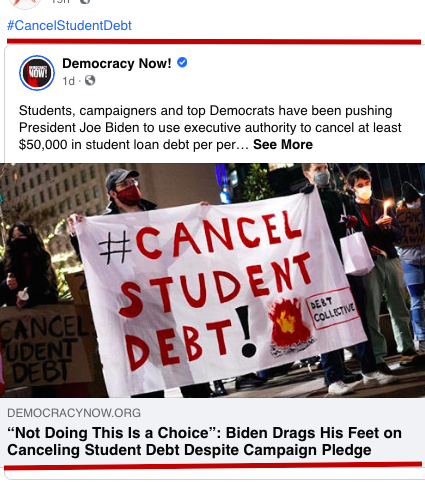To deepen your understanding of your topic, research and annotate (4) information sources. One must be from scholarly sources.
For these sources, consider how they address media literacy question 3: story not told: context/root causes, alternatives/root solutions. In what ways, if any, do they address roots causes? What is the role of the entertainment industries? And are alternatives suggested? While the orientation of much writing about social issues describes and analyzes critical problems, what thinking is offered about how things could be different? Are strategies for changing the problem discussed?
-
Information sources might include:
-
Specialized, trade, professional that relates to your issue, e.g. WIRED, Variety, Teen/Vogue, ESPN, what else?
-
One scholarly, academic REQUIRED. Use UMass libraries database.
-
Activist, advocacy voices/organizations/networks, with a particular goal of finding youth voices for change. Such sources could be from social media: blogs, webpages, videos (YouTube, TikTok). For TikTok, discuss the range of posts by a particular creator, and any associated algorithmic posts/hashtags.
-
2. Annotate these sources
-
Write a concise summary; no more than a paragraph.
-
Start with a strong opening sentence.
-
Do you best to avoid: “This article is about…” Rather state a central idea: “TikTok has now become the source of news and local entertainment reviews for and by youth, perhaps the most coveted consumer demographic.”
-
Include particularly useful information: facts, theory, history, graphs, etc.
-
For these sources, consider in what ways, if any, they address root causes? What is the role of the entertainment industries? Are alternatives and strategies for change discussed?
-
For each source, follow annotation guidelines for online sources. https://websites.umass.edu/comm397ss-jsaxe/annotation-guidelines/
-
Write in your words. Don’t copy & paste, i.e. plagiarize.
3. Write a summary paragraph of what you’ve found: your thoughts, questions, and possible follow-up directions.
POST TO YOUR GOOGLE DOC. INCLUDE ASSIGNMENT DATE AND TITLE AT TOP. Send link to instructor: jsaxe@comm.umass.edu

Ariana Sparages, Fall ’20
https://www.instagram.com/alternatives4econ/
